What to See in Zaragoza
Zaragoza was a convenient stop for us, the city lying on the train line that connects Salamanca to Barcelona. While not as well known as these two cities, Zaragoza shouldn’t be missed.
This post tells you what to see in Zaragoza.
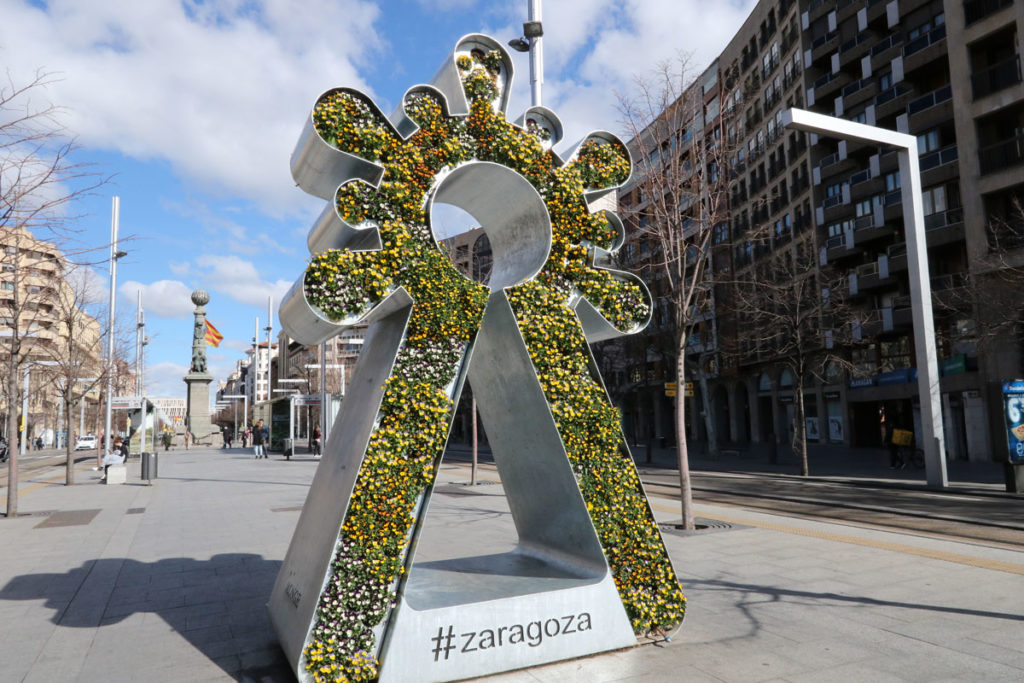
A bit of the History of Zaragoza
Zaragoza is the 5th largest city in Spain and the capital of the autonomous region of Aragón. It was an early Roman city named Caesaraugusta which dates back between 25 BC -11BC. It was later ruled by the Visigoths (5th century AD) and the Moors (8th century). The Muslim kingdom made Zaragoza the Capital of Northestern Al-Andalus. It eventually became an independent Muslim Kingdom when the Caliphate of Cordoba was conquered by Catholic forces in 1018 (the Aljafería Palace dates back to this period). In 1118 AD, it was Zaragoza’s turn to fall to Catholic forces (led by Alfonso I).
Aragón and neighbouring Castile are the foundation of modern Spain, the two Kingdoms uniting under the rule of Isabella I of Castile and Ferdinand II of Aragon in 1469. It led to the eventual overthrow of the last Muslim Kingdom in Spain in 1492, marking the official end of the Reconquista.
Highlights of Zaragoza
Basílica de Nuestra Señora del Pilar
Zaragoza is most famous for the Basílica de Nuestra Señora del Pilar, routinely named one of Spain’s Top 10 Cathedrals. It is one of the 12 Treasures of Spain.
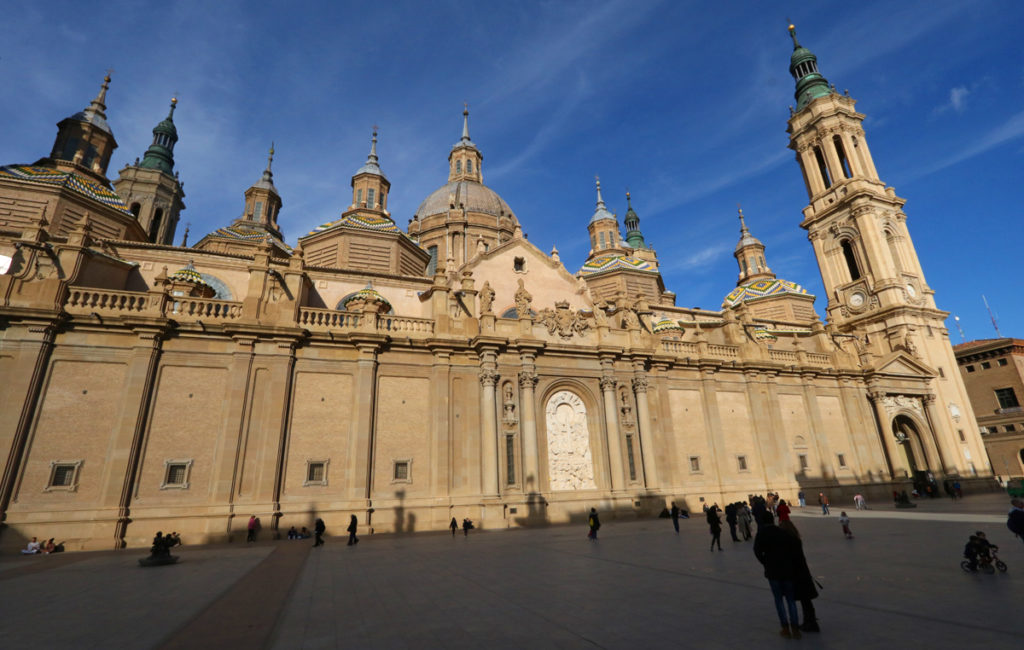
Built between 1681 and 1872, the building is a mix of architectural styles: baroque, neoclassical and rococo. What really stands out, in contrast to most Cathedrals in Spain, are the multitude of towers and domes – 4 high towers on the corners of the building as well as 11 domes decorated with green, yellow, blue and white glass tiles.
The Basilica worships the Virgin Mary, under her title Our Lady of the Pillar, as the Mother of the Hispanic People. This explains the flags of the Latin American countries (as well as artifacts from around Latin America) you’ll see around the church.
More on Basílica de Nuestra Señora del Pilar
Salvador Cathedral
Zaragoza has co-cathedrals of the city. One is the above Basílica de Nuestra Señora del Pilar, the other is Salvador Cathedral (also named La Seo).
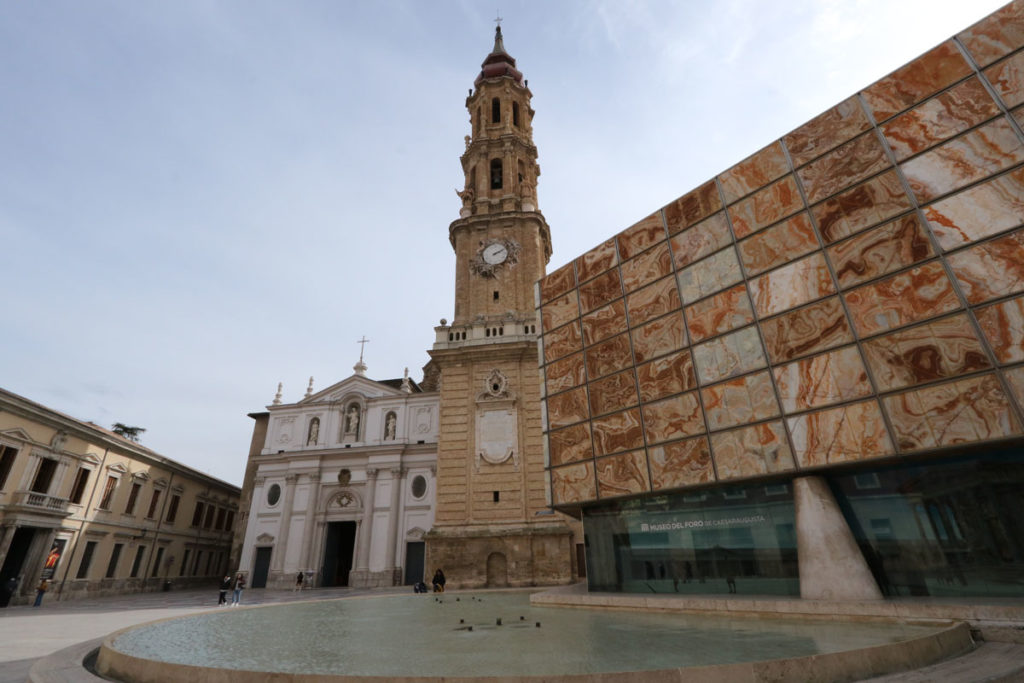
Salvador Catedral was built where a previous mosque stood and was constructed in Gothic – Mudejar Style. A highlight is the stunning Mudejar-style exterior wall formed of geometric drawings and glazed ceramic.
Salvador cathedral is a UNESCO World Heritage Site, listed along with other sites in Zaragoza under the category ‘Mudéjar architecture of Aragon’.
Plaza of Our Lady of the Pillar
The above two cathedral are on the gigantic Plaza of Our Lady of the Pillar. It’s the most popular square in Zaragoza and is full of sites of interest. You’ll see City Hall, the Fountain of Hispanicity, Caesaraugusta Forum Museum (dedicated to the Roman city that existed here), and the Sala de Exposiciones La Lonja. You’ll see statues and pools of water. It’s a beautiful square.
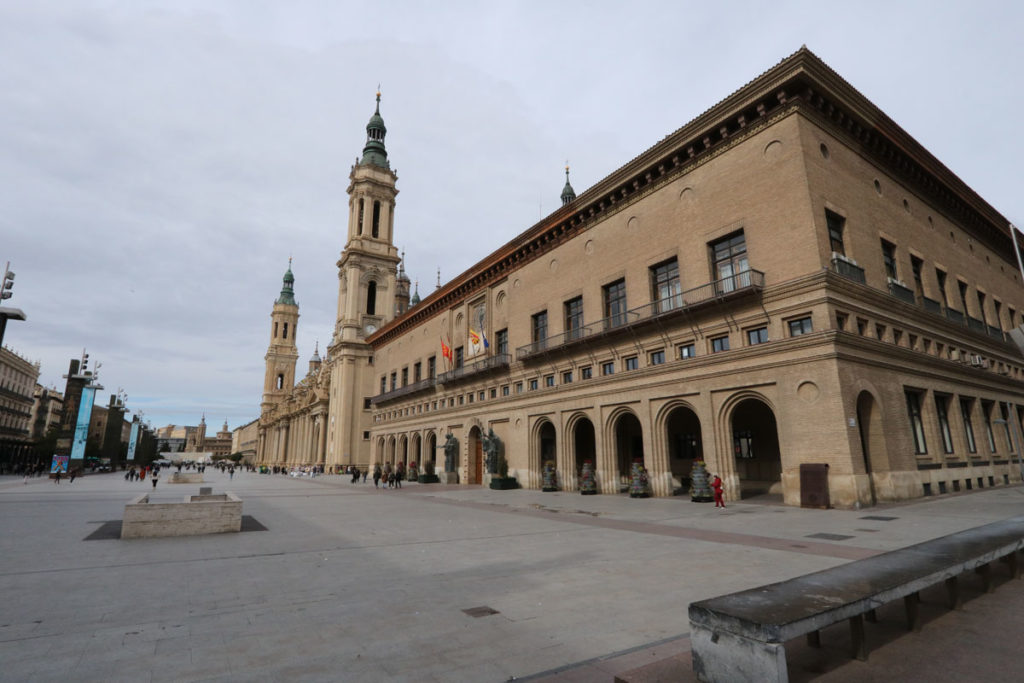
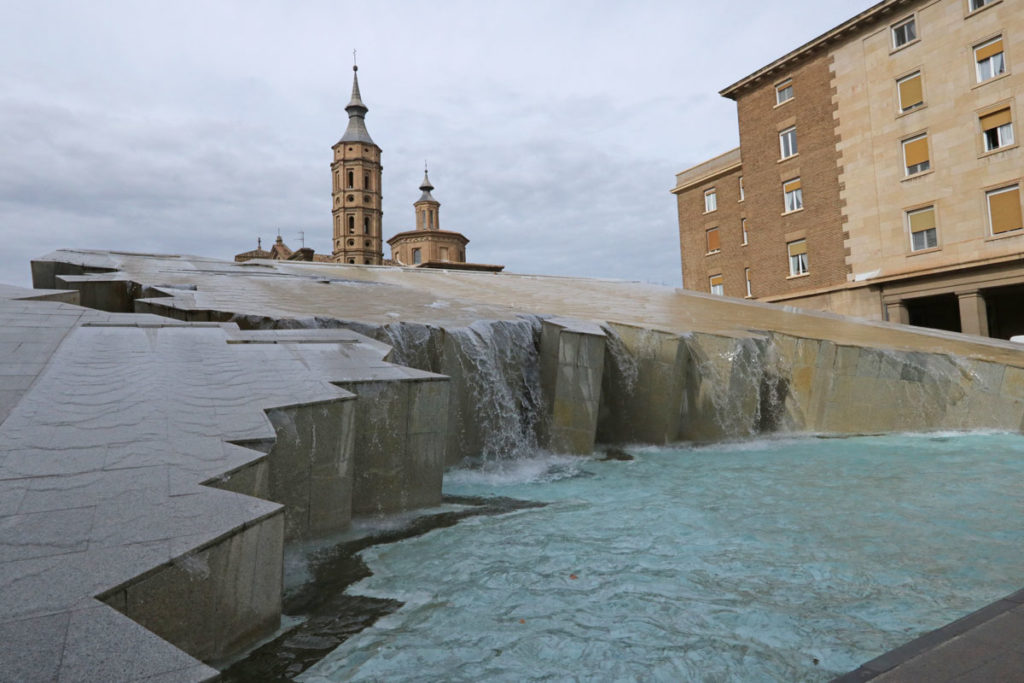
The Stone Bridge
Behind the Plaza of Our Lady of the Pillar and extending over the Ebro River is the Stone bridge. Originally built 1401 – 1440, this bridge has had to be rebuilt several times. A great place for views of the city.
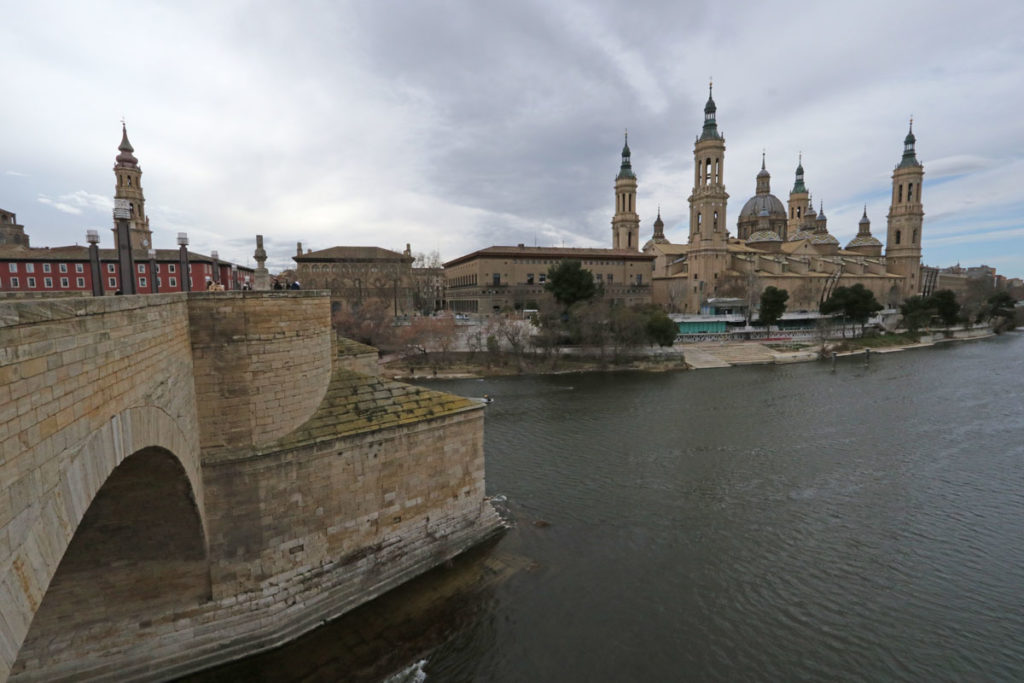
The Aljafería Palace
A UNESCO World Heritage site, this fortified palace was built by the then-independent Muslim Kingdom in Zaragoza (newly independent because of the fall of Cordoba) in the late 11th century.
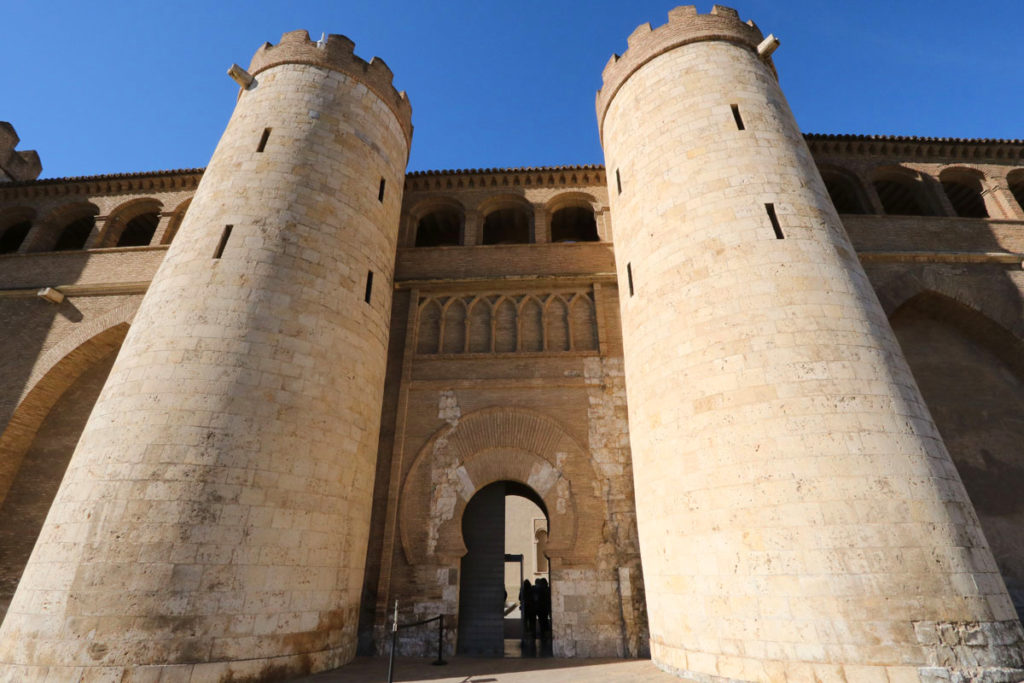
With intricate halls, a mosque, a courtyard with a pool and rooms with incredible ceilings, the Palace is worth a visit.
The Aljafería Palace is also the seat of government of the autonomous community of Aragón.
More Attractions in Zaragoza
The above are the “must-see” highlights. But there’s more.
Goya Museum. In the center is this museum dedicated to this famous Spanish painter. Goya was born just outside Zaragoza.
Iglesia de San Pablo. Close to the Aljafería Palace, this 13th century church is built in Mudejar style and has a particularly striking tower. It falls under the UNESCO sites umbrella covering the Mudejar architecture of Aragon.

Basílica Santa Engracia. A beautiful church in a pretty part of town. Completed in 1517, it is considered a jewel of Aragonese Renaissance architecture.
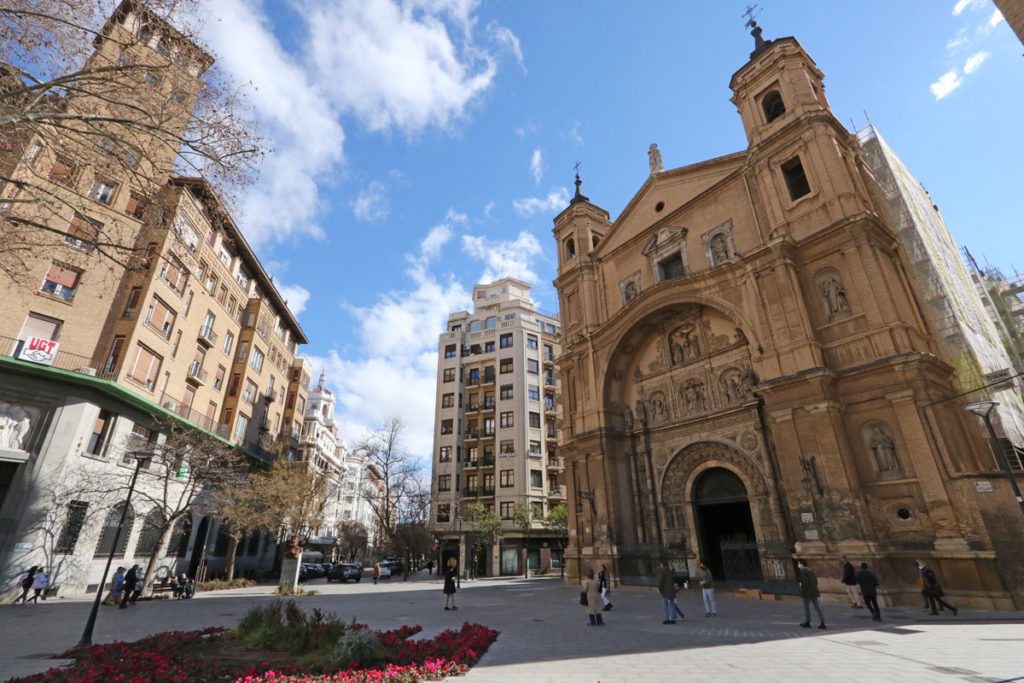
Museum of Zaragoza. Close to the above is a history museum of the province of Zaragoza which also includes artwork (including that of Goya).
Roman Theatre of Zaragoza. An ancient Roman theatre that was excavated in 1972, right in the heart of the city.
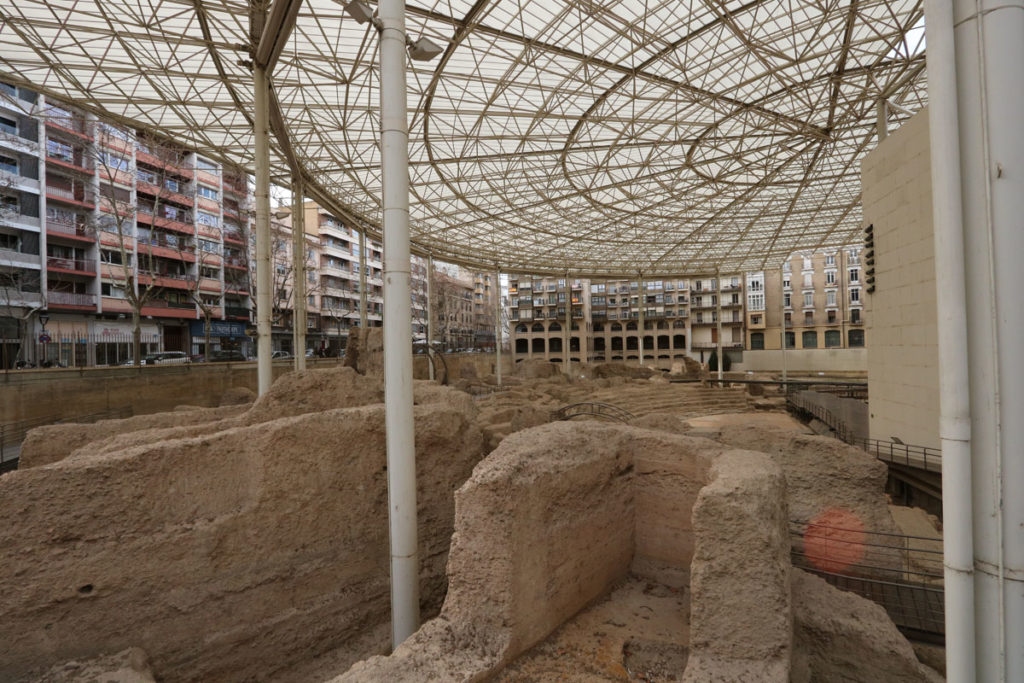
Zaragoza is a very walkable city with lots to see. Besides the above, the modern city center is attractive. You should see Plaza de Aragon, Plaza de Espana, and wander to the area around Basilica Santa Engracia/Museum of Zaragoza (look up “Plaza de los Sitios”).

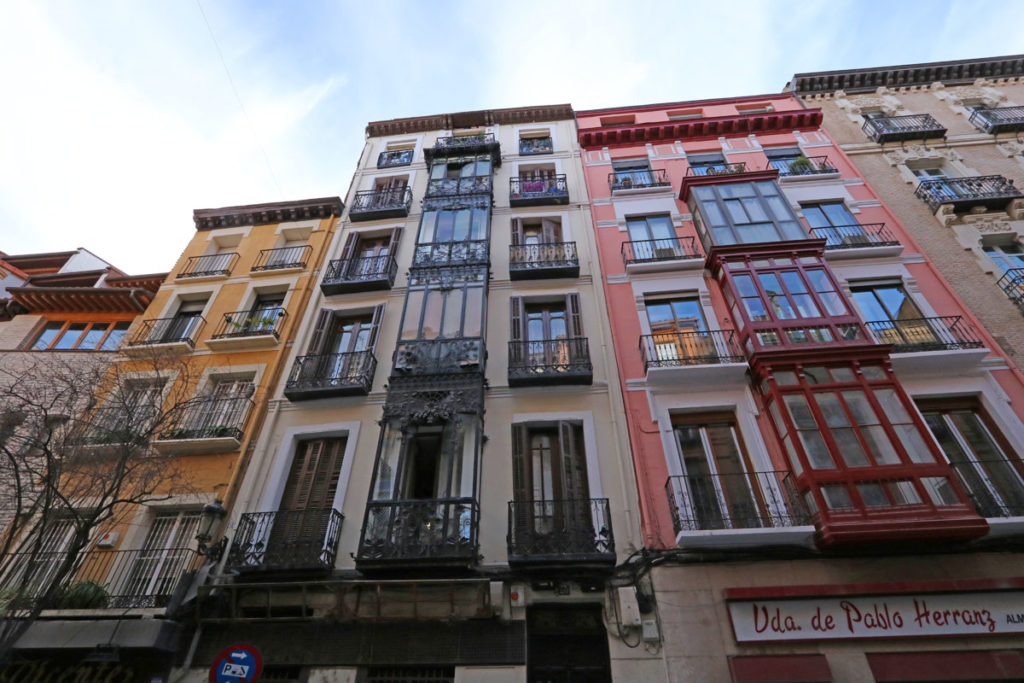
Practical Information
We stayed at Hotel Catalonia El Pilar. Very good and superbly located within minutes of Plaza of Our Lady of the Pillar.
Getting to/from the train station. The main train station in Zaragoza is Zaragoza – Delicias and is located about 3.5 km from the center (it is also the location of the bus station). From there you can take several buses: the 32, 33, 34 being the best (you can pay on the bus). It will take about 20 minutes. Get out at Avenida César Augusto 27 / Mercado Central. From there it’s an easy walk into the old town.
How long to stay in Zaragoza? We stayed 3 nights, ie. 2 full days. I think that’s a good amount of time to see the highlights of the city.
So should you visit Zaragoza? The answer is yes. It’s a very interesting, very attractive city.
Related: Visiting the beautiful city of Burgos
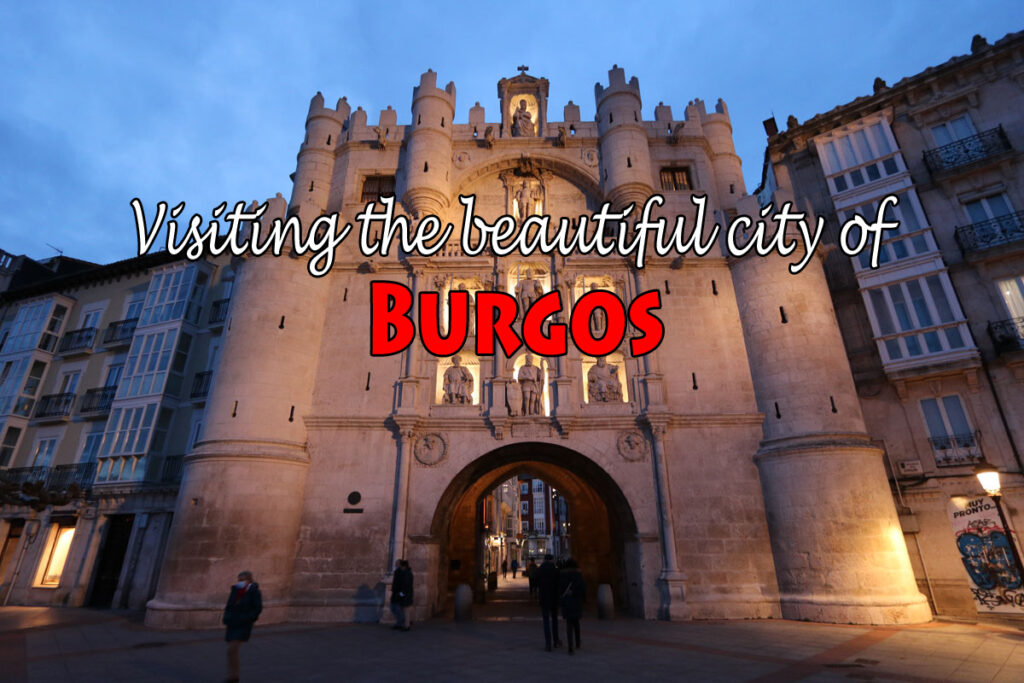
Related: The Top Things to Do in Barcelona (and costs!)
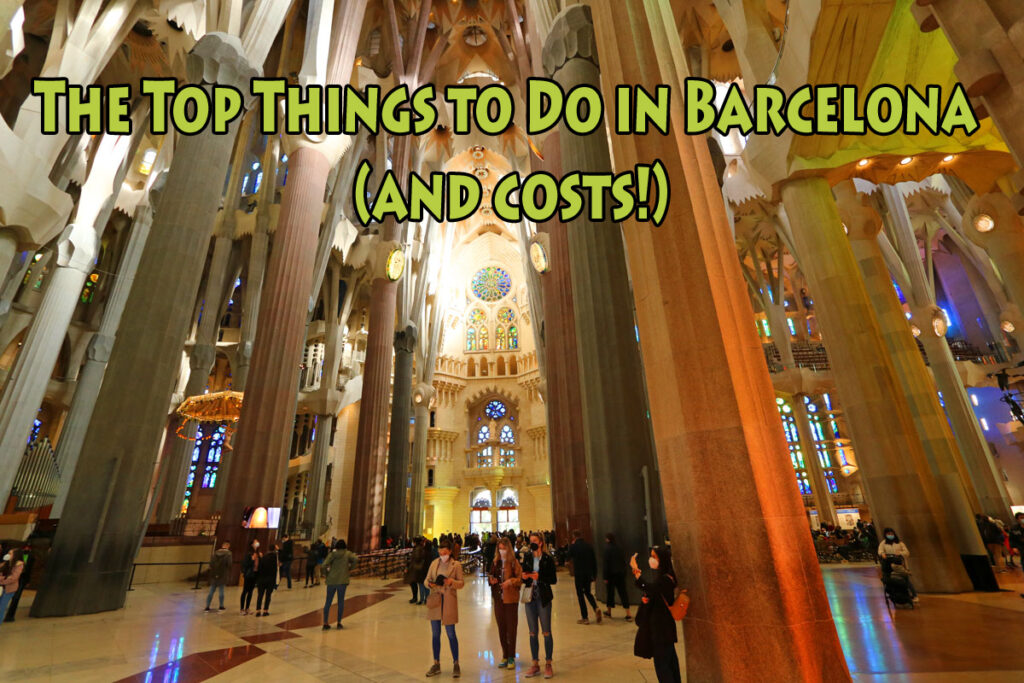
Related: Comparing Retirement Destinations: Spain Vs Italy


Leave a Reply